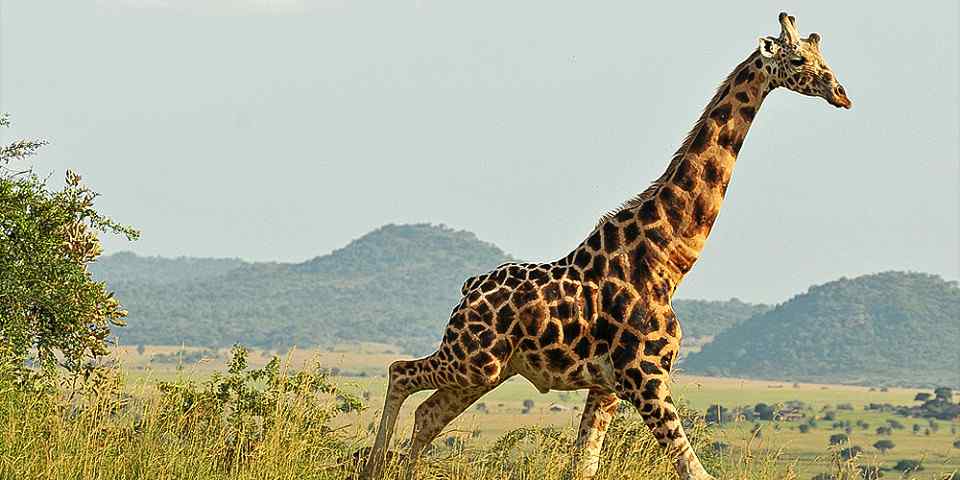
Safari Tours to Bwindi Impenetrable NP
-
![14-Day Uganda Gorilla Chimpanzees and Wildlife Safari]()
14-Day Uganda Gorilla Chimpanzees and Wildlife Safari
$4,070 pp (USD)
Uganda: Private tour
Mid-range Lodge & Tented CampYou Visit: Entebbe (Start), Sipi Falls (Highlight), Kidepo Valley NP, Murchison Falls NP, Ziwa Rhino Ranch, Kibale NP (Chimps), Queen Elizabeth NP, Bwindi Impenetrable NP (Gorillas), Lake Bunyonyi, Lake Mburo NP, Entebbe (End)

Dav Safaris
4.9/5 – 114 Reviews
-
![3-Day Fly-in Safari to Bwindi for Gorilla Tacking]()
3-Day Fly-in Safari to Bwindi for Gorilla Tacking
$2,530 pp (USD)
Uganda: Private tourLuxuryLodge
You Visit: Entebbe (Start), Bwindi Impenetrable NP (Gorillas), Entebbe Airport (End)

Tubale Safaris
4.9/5 – 68 Reviews
-
![12-Day Best of Uganda Wildlife Tour]()
12-Day Best of Uganda Wildlife Tour
$7,899 to $8,299 pp (USD)
Uganda: Private tourLuxuryLodge & Guest House
You Visit: Entebbe (Start), Murchison Falls NP, Kibale NP (Chimps), Queen Elizabeth NP, Bwindi Impenetrable NP (Gorillas), Batwa Experience (Highlight), Lake Mburo NP, Entebbe (End)

Wayfairer Travel
4.8/5 – 184 Reviews

 Uganda Parks
Uganda Parks














